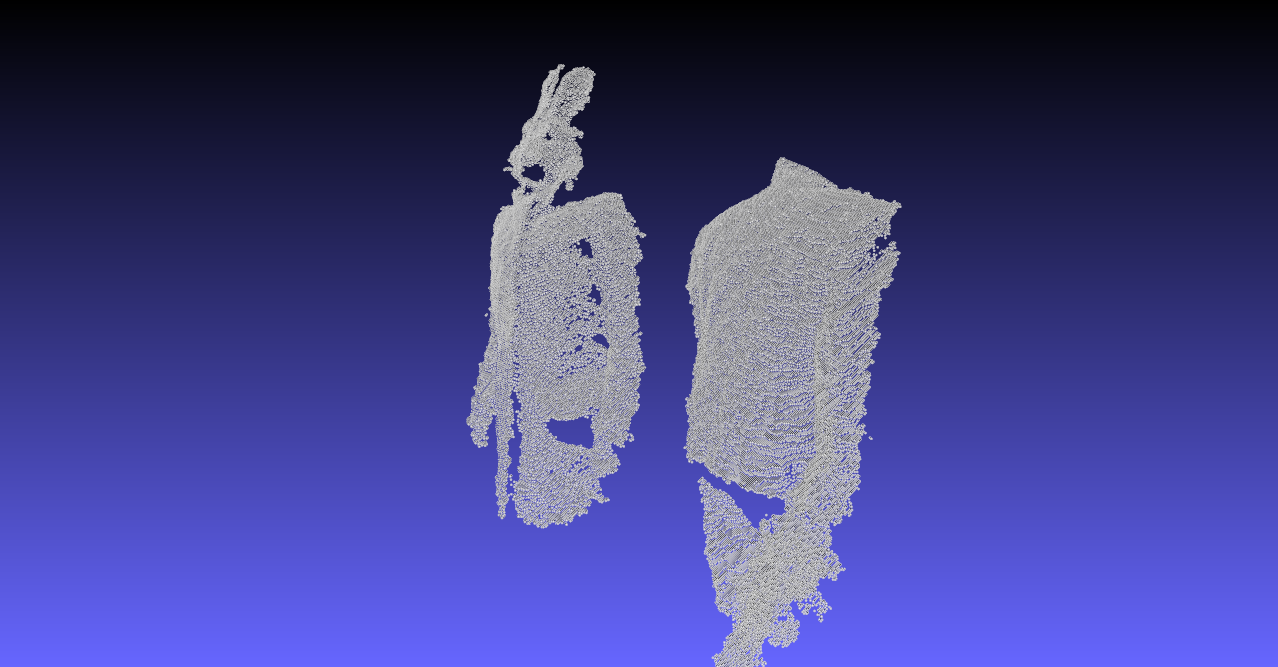


#MESHLAB CHANGE BACKGROUND COLOR PDF#
There are also many free tools that can convert them to PDF if thats required.
#MESHLAB CHANGE BACKGROUND COLOR PORTABLE#
Nowadays, SVGs are more portable than PDF, with support in all major browsers. PerMesh Color Scattering is a nice filter to visualize the different layers in the context of a complex MeshLab project.The tutorial illustrates also the rig. Black prevents some meshes with inverted normals to be seen. The SVGWriter package provides a set of Python script files for authoring SVG documents with Blender and Freestyle. To select the colors in the image, click the drawing tool in the upper-left corner of the point cloud. It would be nice to have some nice gradient background color like MeshLab. how much the new color will cover the old one. To segment the image, rotate the 3-D color cloud, using the mouse, to find a view of the color cloud that isolates the colors that you want to segment. Two colors painting mouse left button -> foreground color mouse right button -> background color. But I fix by following method (I dont know which part solves the problem or why it works, but the white margin just disappears. I tried baking the texture in Blender as well but experienced similar problems. To explore the image, move the cursor over the image and use the pan and zoom controls. Here is an image of the problem: Īll of these small polygons seem to have their own UV shells separate from the rest of the mesh, they all seem to be invisible from the surface of the model before smoothing, and they are difficult or impossible to repaint in Mudbox/Blender. My approach is mostly working, and at first the texture seems to be converted with no issues, but when I try to use the smooth brush in Mudbox/Blender to smooth out some areas of the model after the texture conversion, small polygons rise to the surface that are untextured. This combines the rapid prototyping familiar to Matlab or Python programmers with the performance and.

Dropping the heavy data structures of tradition geometry libraries, libigl is a simple header-only library of encapsulated functions. In MeshLab U3D models can be generated as follows. Libigl is an open source C++ library for geometry processing research and development. Right now I am unwrapping the model using smart projection in Blender, and then using Meshlab to convert the vertex colors to a texture. rotate and pan 3D models (using the mouse) change the background color reset initial default. ply model to a good UV texture map so that it can be 3D painted as well as re-sculpted in another program like Mudbox. I am trying to write a script that converts the vertex colors of a scanned.


 0 kommentar(er)
0 kommentar(er)
